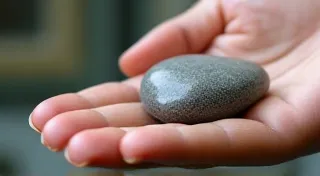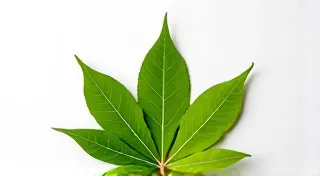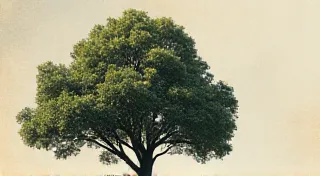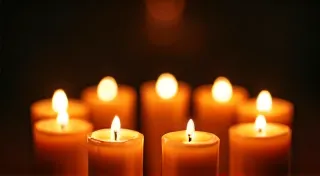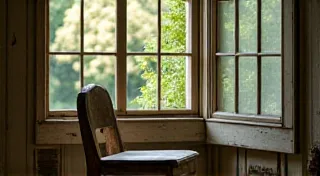The Loom's Echo: How Regional Identity Threads Through Textile Art
There's a quiet power in textiles. Not just the warmth they offer, or the beauty they display, but a deeper resonance that speaks of place, history, and the enduring spirit of human creativity. Think of an antique accordion, its bellows worn smooth, its keys bearing the ghost of countless melodies played across generations. It's more than a musical instrument; it’s a repository of memories, a testament to a specific time and culture. Similarly, weaving isn’t merely about interlacing threads. It’s about weaving a narrative, a tapestry of identity intricately bound to the landscape and the lives of those who create it.
The connection between a region and its weaving patterns isn’s arbitrary. It’s a gradual, organic process, often spanning centuries. Consider the Andean region of South America. For millennia, indigenous communities have been creating intricate textiles, often using alpaca or llama wool, dyed with natural pigments derived from plants and insects. The harsh, mountainous terrain dictated the materials available, leading to a focus on sturdy, warm fabrics. But beyond mere practicality, the patterns themselves became a form of communication – a visual language conveying clan affiliation, social status, and religious beliefs. The vibrant, geometric designs weren’t just aesthetically pleasing; they were living documents, passed down through generations, each weaver adding their own subtle nuances to the tradition.
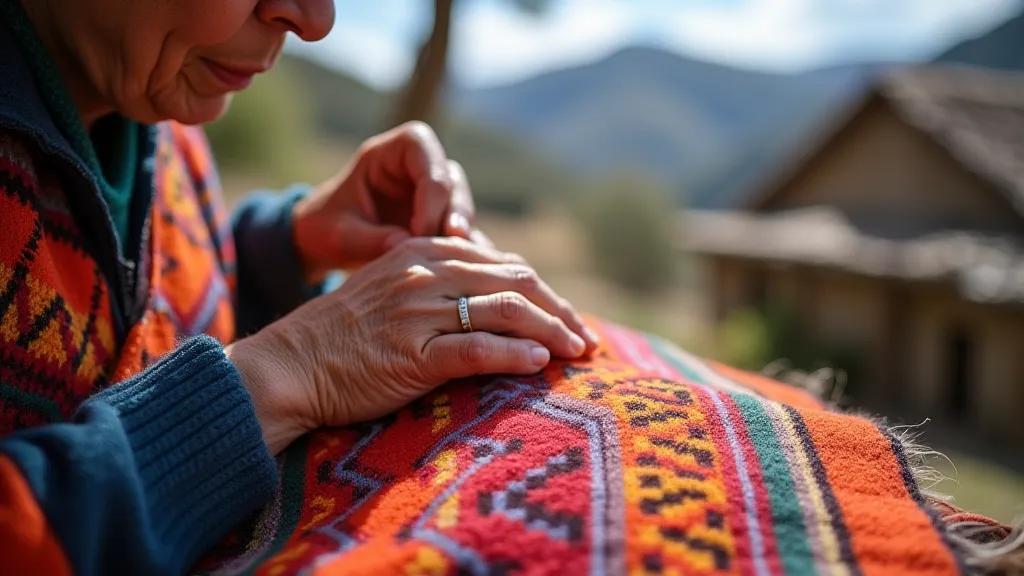
The Landscape in the Warp and Weft
The colors woven into a textile often reflect the dominant hues of the surrounding environment. In the Scottish Highlands, the deep blues and purples of the heather find their way into Harris Tweed, lending it a distinctive character. The earth tones of the Southwestern United States – ochres, browns, and terracotta – are reflected in the Navajo rugs, echoing the landscape of mesas and canyons. Even the types of plants used for dyeing influence the palette; indigo from woad in Europe produced a rich, deep blue distinct from dyes derived from other plants.
Beyond color, the motifs themselves often draw inspiration from the natural world. Floral designs are ubiquitous, of course, but their specific forms can be incredibly localized. The stylized lotus flowers of Southeast Asian textiles reflect the importance of this aquatic plant in rice cultivation and religious symbolism. The swirling patterns inspired by ocean currents are found in traditional Polynesian mats. A close observer can often discern the geography of a region simply by studying its textiles, as if the landscape itself were somehow imprinted onto the threads.
Historical Threads: Stories Woven into Cloth
The history of a region is often inextricably linked to its weaving traditions. During periods of colonization, traditional weaving techniques were often suppressed, or adapted to incorporate new influences. In many parts of Africa, for example, European traders introduced new dyes and patterns, leading to a fascinating fusion of indigenous and foreign styles. These adaptations, often born out of necessity, became part of the region’s unique textile heritage, telling a silent story of resilience and cultural exchange. The very act of weaving became a form of resistance, a way to preserve cultural identity in the face of external pressures.
Consider the silk weaving traditions of Kyoto, Japan. For centuries, the Nishijin district has been renowned for its exquisitely crafted silks, often used for elaborate kimonos and formal garments. The techniques developed over generations weren't solely about creating beautiful cloth; they were intertwined with the social structure of Kyoto, with specific families and guilds holding monopolies on certain patterns and techniques. These traditions are a living testament to the importance of craftsmanship and the enduring power of collective memory. The subtle variations in pattern passed from master to apprentice represent a delicate dance between tradition and innovation.
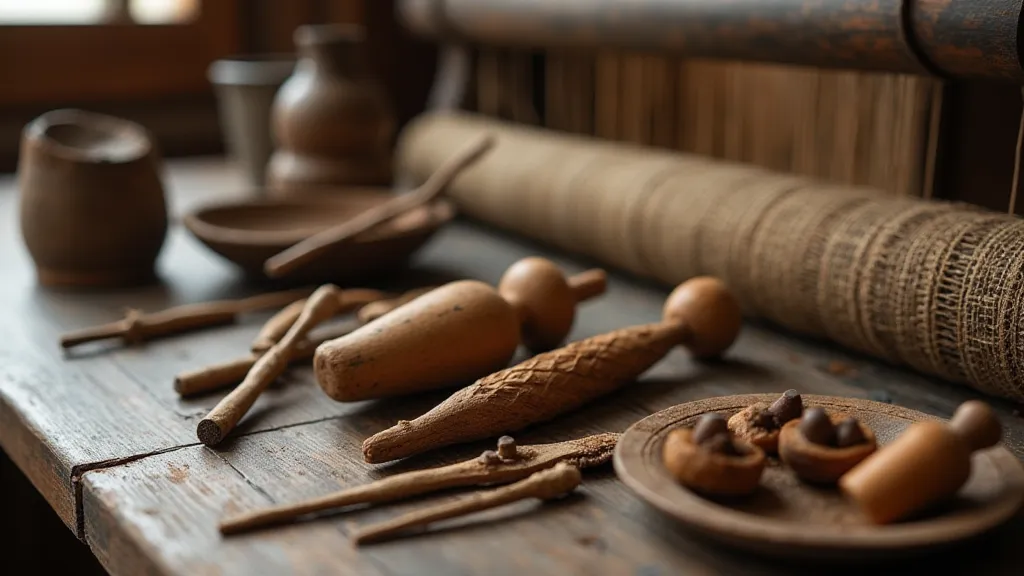
Craftsmanship and the Human Touch
What truly sets regional weaving apart is the craftsmanship. These aren’t factory-produced commodities; they’s the products of countless hours of painstaking labor, imbued with the weaver’s skill and personal touch. Each imperfection, each subtle variation in color or pattern, is a testament to the human hand that created it. The beauty lies not just in the finished product, but in the process itself – the quiet rhythm of the loom, the feel of the threads between the fingers, the satisfaction of transforming raw materials into something beautiful and enduring.
The techniques themselves are often complex, passed down through generations. Double-cloth weaving, for example, involves creating two layers of fabric simultaneously, a skill that requires incredible dexterity and a deep understanding of the loom’s mechanics. Ikat dyeing, where threads are resist-dyed before weaving, creates blurred and intricate patterns that are incredibly difficult to replicate. These techniques are not merely about technical skill; they's about connecting with a living tradition, about becoming part of a lineage of artisans who have dedicated their lives to perfecting their craft.
Preserving the Echoes
Today, many regional weaving traditions are facing challenges. The rise of mass-produced textiles and changing economic conditions threaten to displace traditional artisans. However, there's a growing appreciation for handmade crafts, and efforts are underway to preserve and promote these cultural treasures. Museums are collecting and exhibiting regional textiles, artisans are finding new markets for their products, and younger generations are being encouraged to learn the traditional skills.
For those interested in collecting antique textiles, a few things are worth noting. Condition is paramount, of course, but beyond that, look for textiles with a clear provenance, a documented history that connects them to a specific region and time. Examine the weave closely; can you discern the skill of the weaver's hand? Does the pattern resonate with a particular cultural significance? And most importantly, appreciate the story that the textile has to tell – the echoes of the past that are woven into every thread.
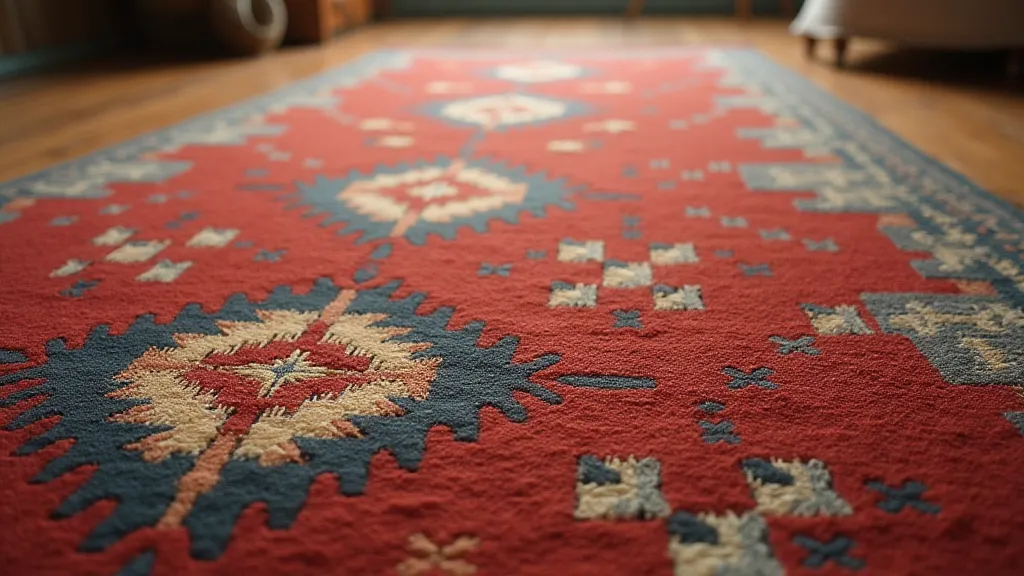
Ultimately, regional weaving is more than just a craft; it’s a living testament to the enduring power of human creativity and the profound connection between people and place. It’s a reminder that even the simplest of objects – a piece of cloth, an antique accordion – can hold within them a wealth of history, culture, and human emotion.

